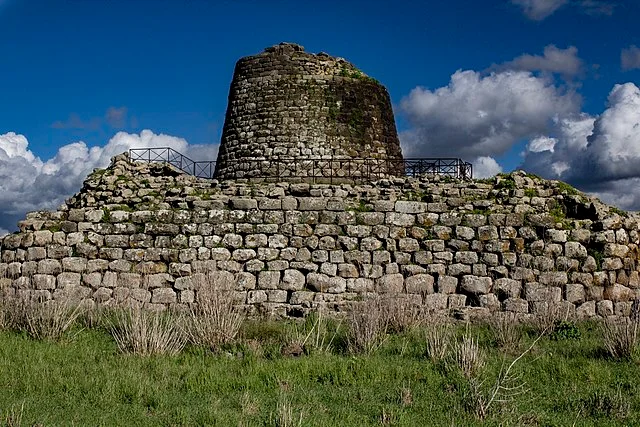Nuraghe Santu Antine, an impressive example of Sardinia’s Bronze Age architecture, stands near the town of Torralba in northern Sardinia, Italy. Built around the 16th century BC, this ancient stone structure represents the ingenuity of the Nuragic civilization. Known for its distinctive architectural style, Nuraghe Santu Antine remains one of the largest and best-preserved nuraghi on the island.
Get your dose of History via Email
Structure and Design
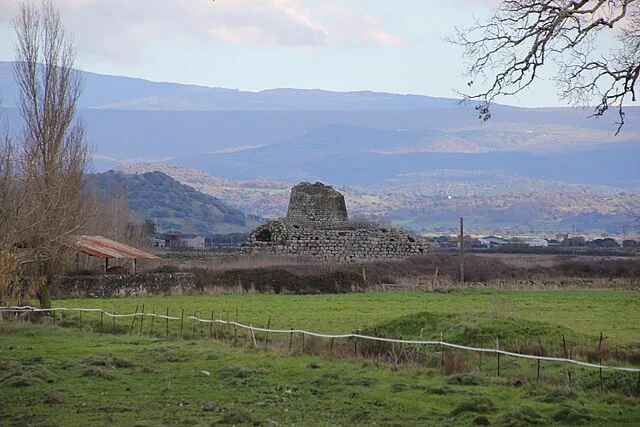
The Nuraghe Santu Antine complex features a central tower, or “mastio,” surrounded by three additional towers connected by thick defensive walls. The main tower, reaching about 17 meters, initially measured approximately 23 meters in height, suggesting its original builders intended a multi-story structure. This central tower contains intricate interior staircases, arched ceilings, and corbelled chambers that demonstrate advanced construction techniques for the time.
The layout forms a triangular shape, connecting the outer towers to the central keep. This design ensured better protection and efficient use of space, providing rooms for various functions, including storage, living quarters, and possible religious activities. The structure’s strategic location on fertile plains also allowed the Nuragic people to monitor and control the surrounding territory.
Construction Techniques
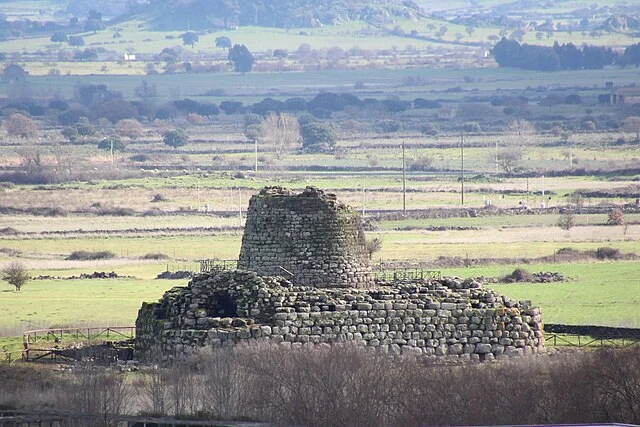
The construction of Nuraghe Santu Antine relied on large basalt stones quarried from nearby sources. The stones were carefully shaped and stacked without the use of mortar, employing a technique known as dry-stone masonry. The precision of this method indicates a high degree of skill and planning. Builders arranged the stones in horizontal layers, creating walls that have stood for over 3,000 years. The use of corbelling—a method of layering stones progressively inward—allowed the architects to create interior domes and vaulted spaces.
Function and Purpose
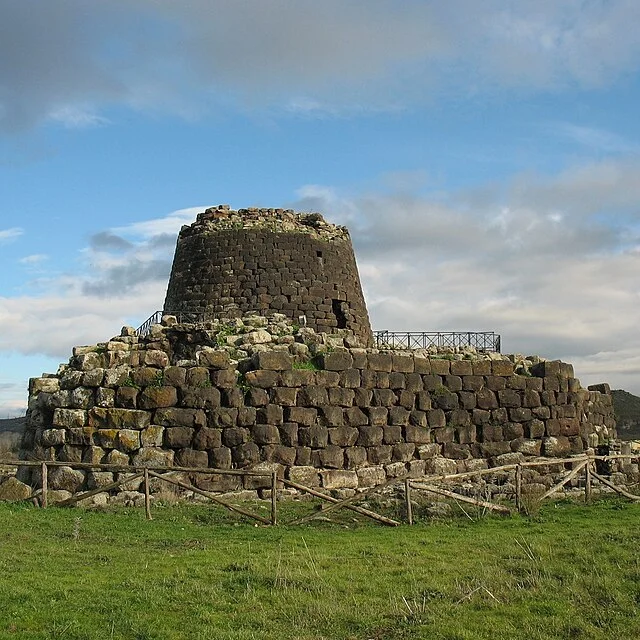
While the exact purpose of Nuraghe Santu Antine remains debated, evidence suggests it served multiple functions. Archaeologists believe the structure functioned as both a defensive fortress and a community center. The strategic location and fortified walls imply a focus on protection. However, artifacts discovered on-site suggest additional uses, including social and religious gatherings. The complex’s multi-story construction and interior passageways may have facilitated both domestic activities and ceremonial events.
Archaeological Discoveries
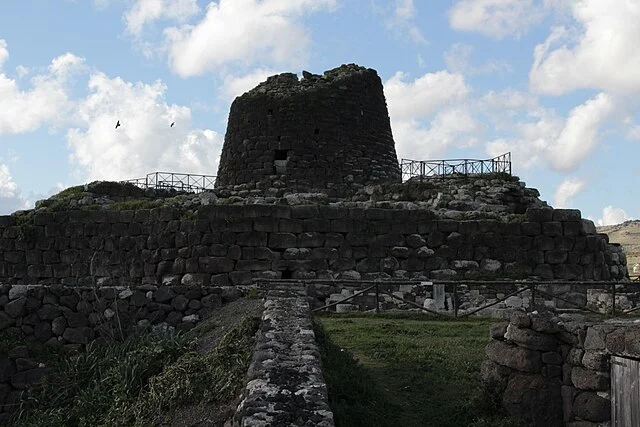
Excavations at Nuraghe Santu Antine have revealed various artifacts, including pottery, bronze tools, and carvings. These discoveries provide insight into the daily lives and cultural practices of the Nuragic people. Pottery fragments found within the nuraghe exhibit unique designs, often with geometric patterns, showcasing the artistic skills of the time. Additionally, the presence of metalwork items like bronze weapons and tools suggests that the inhabitants engaged in metalworking and had access to valuable resources.
The Nuragic civilization is also known for its trade connections, which extended beyond Sardinia to the Italian peninsula and the Mediterranean. The artifacts found at Nuraghe Santu Antine hint at these interactions, showing how the site played a role in regional exchanges.
Significance and Legacy
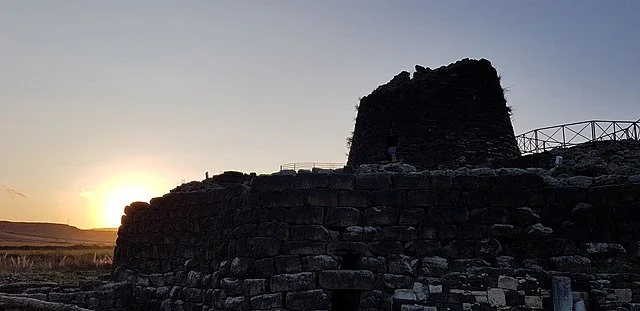
Nuraghe Santu Antine is not only an architectural marvel but also a cultural symbol for Sardinia. As one of the most visited nuraghi, it embodies the Nuragic civilization’s achievements in construction and community organization. The site’s enduring structure and impressive design techniques continue to draw researchers and visitors alike.
This nuraghe stands as a reminder of Sardinia’s unique prehistoric culture, offering a tangible connection to a civilization that flourished long before written records. The preservation of Nuraghe Santu Antine allows scholars to study the history and evolution of early societies in the Mediterranean, providing valuable insights into the region’s ancient past.
Source:

